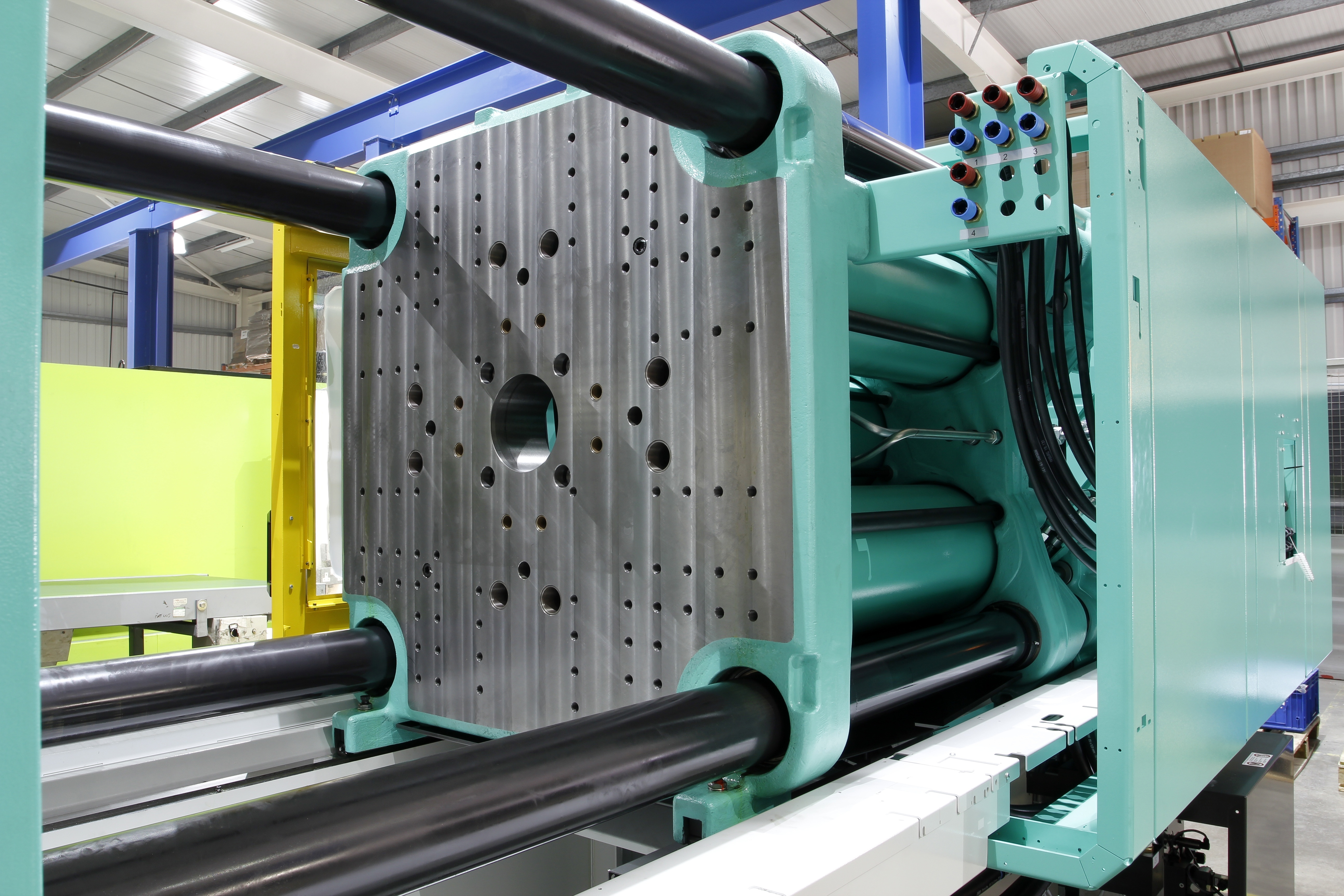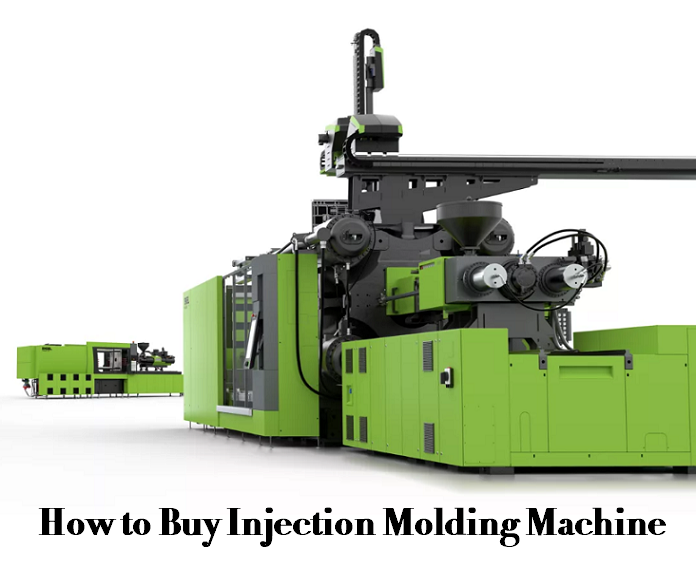10 years of experience as a food machinery equipment manufacturer
10 years of experience as a food machinery equipment manufacturer
Saline injection machines represent a specialized category of industrial equipment meticulously engineered for the precise and controlled administration of saline solutions into a diverse range of products. Saline, fundamentally a solution of sodium chloride (salt) in water, fulfills numerous functions across various sectors. While its applications are broad, its use in enhancing food products and certain industrial processes is particularly notable. The core value of a saline injection machine stems from its capacity to automate, refine, and standardize the injection process, thereby ensuring uniformity, bolstering efficiency, and maintaining strict adherence to predetermined operational parameters.

The fundamental operation of a saline injection machine involves drawing a prepared saline solution from a dedicated reservoir and delivering it under pressure through one or multiple needles or specialized nozzles directly into the target material. The mechanical heart of such a system is typically a robust pumping mechanism. The design of these pumps can vary, encompassing options such as diaphragm pumps or centrifugal pumps, each selected to generate the optimal pressure required for effective injection into different substrates. Modern saline injection machines are often governed by sophisticated control systems. These systems frequently incorporate microprocessors or Programmable Logic Controllers (PLCs), granting operators granular control over crucial parameters. These parameters include, but are not limited to, the precise injection volume per cycle, the applied injection pressure, the rate of solution delivery, and, in more advanced models, complex injection patterns tailored to specific product geometries and desired outcomes.
Many machines in this category feature highly adjustable needle configurations. This allows for modifications in the depth of penetration, the spacing between needles, and the overall density of the injection points. Such adaptability is crucial for processing a wide array of products, each with unique characteristics and requiring different treatment profiles for optimal results. To further enhance precision and reliability, integrated sensor technology is common. These sensors may monitor variables such as the flow rate of the saline solution, the operational pressure within the system, and even the temperature of the solution or the product. This real-time data feedback enables the control system to make instantaneous automatic adjustments, thereby consistently maintaining the desired processing conditions and product quality.
While the concept of saline injection can be applied in various contexts, its most prominent and widespread use is found within the food processing industry. Here, these machines play a critical role in enhancing the quality, yield, and sensory attributes of meat, poultry, and seafood products.
Meat Processing
In the meat processing sector, saline injection machines, often referred to as brine injectors or pickle injectors, are extensively used for products like ham, bacon, corned beef, and other cured or value-added meats. The injection of saline, often combined with other ingredients such as phosphates, sugars, and flavorings, serves multiple purposes. It helps to improve tenderness by disrupting muscle fiber structures and increasing water retention. Moreover, it ensures even distribution of curing agents, leading to consistent flavor, color development, and improved microbial stability, which can contribute to extended shelf life. The ability to precisely control the percentage of saline uptake is crucial for meeting regulatory standards and achieving desired product yields.
Poultry Processing
The poultry industry similarly benefits significantly from saline injection technology. Chicken and turkey products, particularly breast meat, can be prone to dryness after cooking. Injecting a mild saline solution, sometimes with added natural flavors or broths, helps to maintain moisture content, resulting in a more succulent and flavorful end product. This process can also improve cooking yields and tenderness. Automated injection systems ensure that each piece of poultry receives a consistent amount of solution, leading to uniformity across entire production batches, which is highly valued by both food service providers and consumers.
Seafood Processing
For seafood products, especially certain types of fish and shrimp, saline injection can enhance texture, flavor, and moisture retention. It can help to offset moisture loss that might occur during freezing and thawing cycles. The careful control offered by injection machines is particularly important for delicate seafood items, preventing over-processing or damage to the product structure while ensuring that any added ingredients are distributed evenly for optimal taste and preservation.
Beyond these primary food applications, the principles of controlled fluid injection can be adapted for other industrial uses where precise dosing and distribution of solutions into porous or semi-solid materials are required, though food processing remains the dominant field.

The adoption of automated saline injection machines offers a multitude of benefits to processors, primarily centered around product quality, operational efficiency, and economic advantages.
Choosing the right saline injection machine requires careful consideration of several factors tailored to specific operational needs:
The field of saline injection technology continues to evolve. Future advancements are likely to focus on even greater precision, smarter control systems, and enhanced sustainability. We may see wider adoption of sophisticated sensor arrays providing more comprehensive real-time feedback on product characteristics and solution uptake, allowing for dynamic adjustments during the injection process. Integration with artificial intelligence (AI) and machine learning could optimize injection parameters based on historical data and real-time inputs for unparalleled consistency and efficiency. Needle design innovations may further reduce product marking or damage, particularly for delicate items. Additionally, there is a growing emphasis on systems that minimize brine waste and optimize water and energy consumption, aligning with broader industry goals for sustainable manufacturing practices.
Saline injection machines are indispensable tools in modern food processing and potentially other industries requiring precise fluid delivery. By offering unparalleled control over the injection process, these machines contribute significantly to product quality, operational efficiency, and overall profitability. The continued development of this technology, driven by the demand for higher standards and greater automation, suggests that saline injection systems will remain a cornerstone of advanced manufacturing processes, enabling businesses to meet consumer expectations and regulatory requirements with increasing sophistication and reliability.
